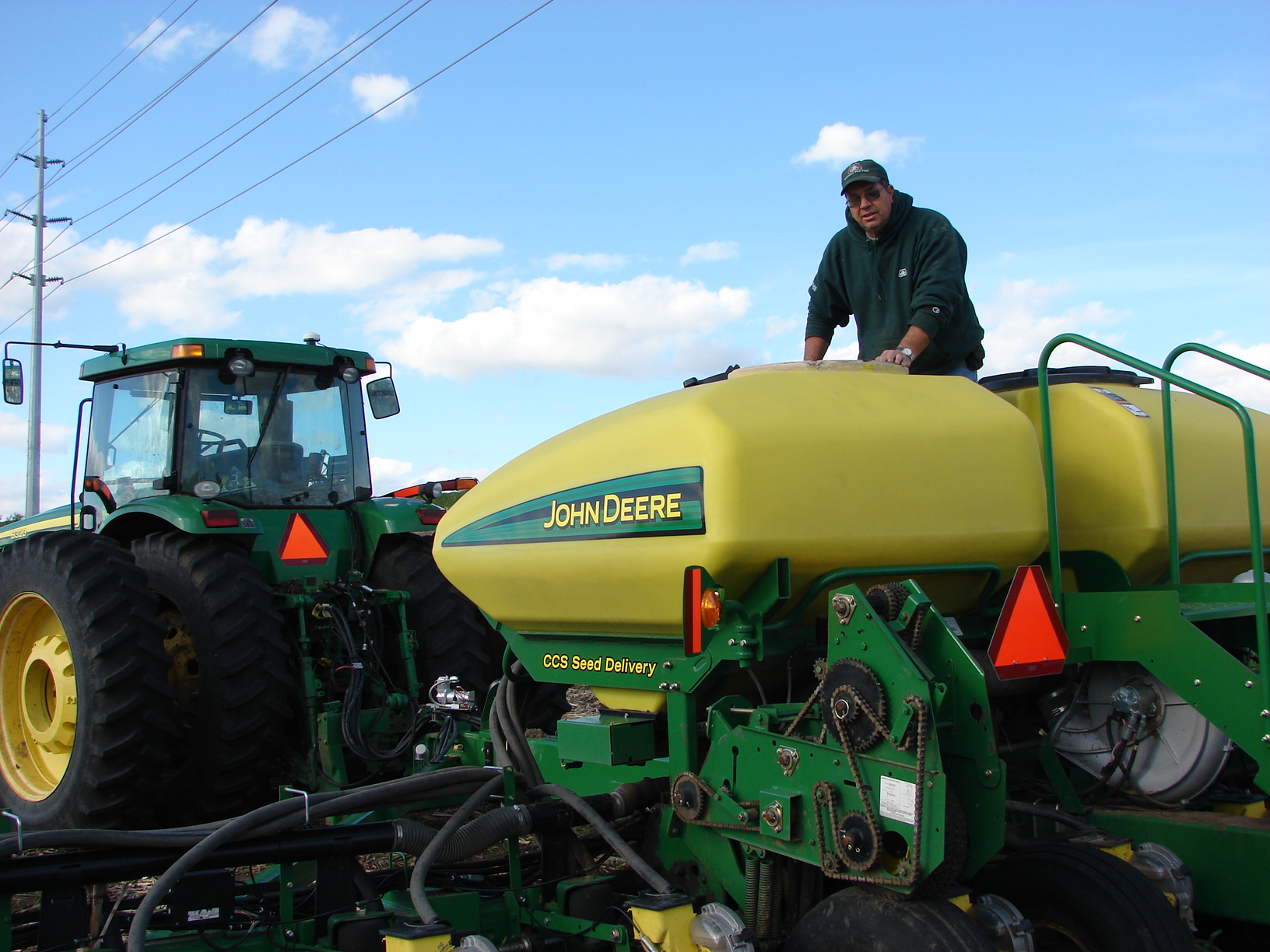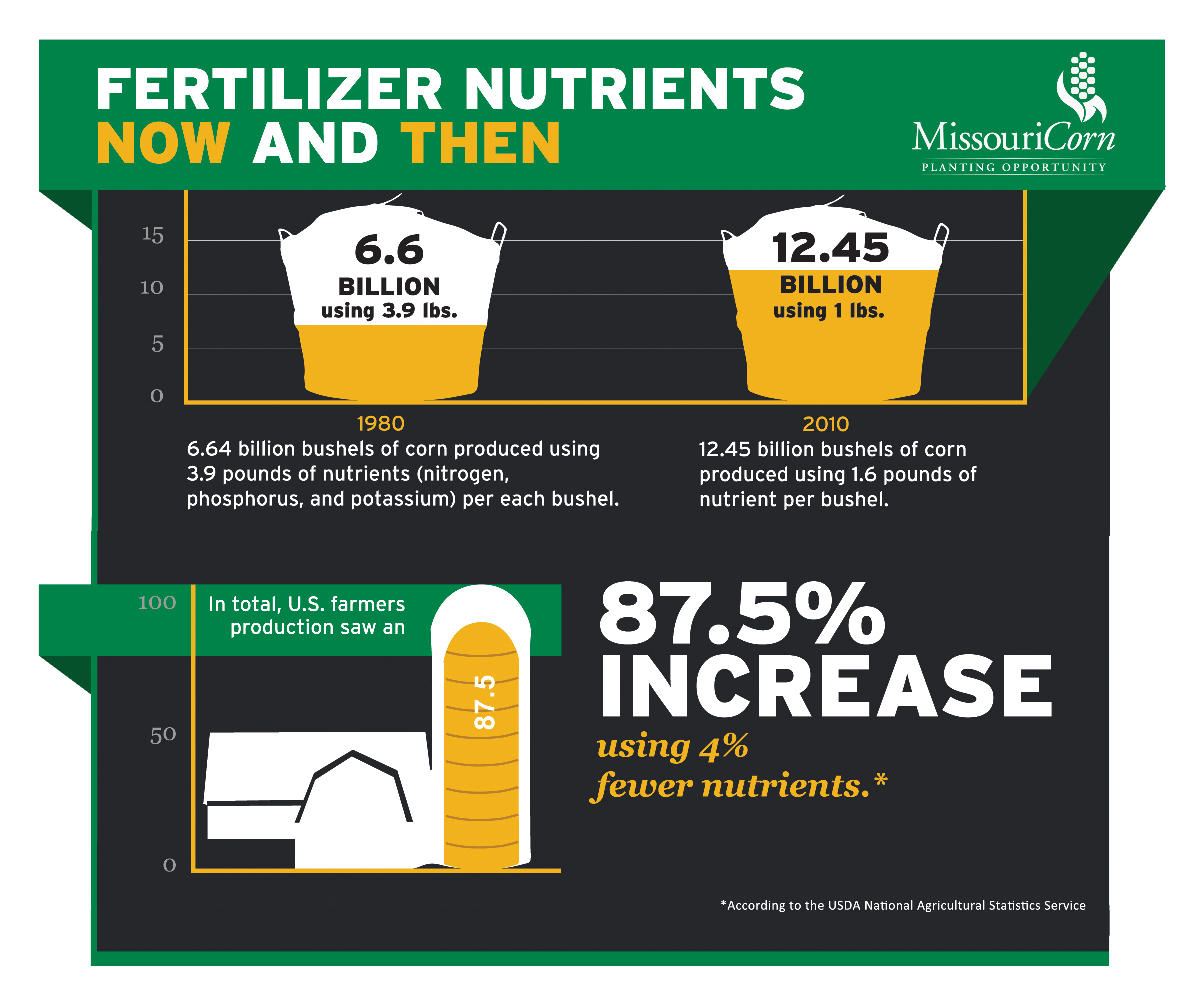The Originators Of Earth Day
NOTE: Below is an editorial column from Kevin Hurst, chairman of the Missouri Corn Merchandising Council and corn farmer from Tarkio, Mo. This may be used as an op/ed piece or letter to the editor.
Around the world people are celebrating Earth Day. It’s a great tradition, one that is needed for the health of our planet and future generations. It is a reminder to protect the resources we are given. It is something I’m reminded of on a daily basis.
As a child, I spent most of my time with my father and grandfather who were both farmers. I knew what I wanted to do. Today I’m proud to say we’ve been farming the same land for four generations. In order to sustain the soil, we treat it like a bank account. You have to replenish your checking account, just like you have to manage the resources in the soil. Carelessly spending all the nutrients and top soil makes for a steep decline in productivity and profitability.
Much like any other business, technology has made us more efficient and precise. Rather than treat every field the same, soil testing, soil mapping and GPS allow farmers to provide each plot of soil with precisely what it needs to be healthy and fertile. Thanks to innovative practices, we’re producing 87 percent more corn using 4 percent fewer nutrients. We’ve also reduced soil erosion by 67 percent compared to when my father farmed 30 years ago.
My ancestors would be amazed by today’s technology. Between 1980 and 2009, America’s farmers doubled corn production utilizing only 3 percent more land. We’ve reduced the amount of acres required to grow one bushel of corn by 30 percent, meaning we can produce a lot more with less.
Those familiar with farming also know the importance of conservation. Thousands of farmers continue to enroll acres in the Conservation Reserve Program (CRP) or Wetland Reserve Program to help improve water quality, prevent soil erosion and reduce loss of wildlife habitat. In 2012 the Wetlands Reserve Program hit a record high 2.65 million acres and is expected to grow. CRP rates are also trending above 90 percent of the federally capped level.
Each and every one of these practices is helping farmers like me conserve resources and maintain the integrity of our land. In recent years we’ve gone a step further. With the ability to produce larger crops on our land, farmers can now provide not only food and feed, but also a cleaner, greener fuel straight from America’s fields.
Last year alone, 13.3 billion gallons of corn-based ethanol reduced greenhouse gas emissions by 38 million metric tons. That’s equivalent to removing eight million cars from the road. Eight million-no fracking, tar sands or derricks required. The best part? It doesn’t cause an ecological and economic disaster if spilled.
As we celebrate this Earth Day, I salute those who have gone before us to provide the advancements and innovations that allow today’s farmers to be better stewards of the land. We farm not only to make a living, but to further protect our land and legacy for generations to come.
Downloadable media assets for this article:
Right-click the link and choose "Save as." Captions for the photos are provided.
Photo Downloads

Photo Caption: Kevin Hurst is a corn farmer from Tarkio, Mo., and the chairman of the Missouri Corn Merchandising Council.

